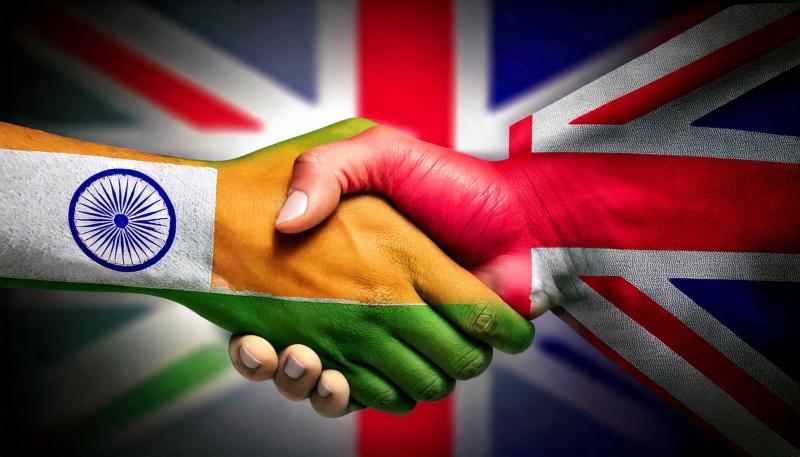The recently signed Free Trade Agreement (FTA) between India and the UK marks a significant milestone with far-reaching implications for the aluminium industry in both countries and the global market. This deal, which eliminates tariffs on 99% of Indian exports to the UK and reduces duties on 90% of UK exports to India, is poised to reshape trade flows and competitive dynamics in this vital sector.

India’s aluminium market is rapidly expanding, with primary metal production reaching 6.1 million tonnes in 2024 and expected to grow at a CAGR of 6.89% to nearly 9.1 million tonnes by 2030. This growth is driven by rising demand from the electrical, transportation, and building & construction sectors, alongside government incentives promoting domestic manufacturing and recycling initiatives. The FTA’s tariff eliminations on Indian aluminium products entering the UK could accelerate exports, providing Indian producers greater access to a high-value market hungry for lightweight, sustainable materials, especially as the UK automotive industry transitions from internal combustion engine vehicles to electric and hybrid models.
For the UK, which exported around £2 billion worth of non-ferrous metals, including aluminium, to India in 2024, the deal opens new avenues to expand its footprint in India’s growing infrastructure and automotive sectors. However, the agreement’s staged tariff reductions on UK automotive exports- initially favouring internal combustion engine cars with quotas and gradually increasing access for electric vehicles- reflect a cautious approach to protect the UK’s evolving auto industry. This phased access balances market opening with domestic industrial transition, potentially influencing demand for aluminium components used in EV production.
Despite the positive trade prospects, the UK’s forthcoming Carbon Border Adjustment Mechanism (CBAM), set to impose carbon pricing on emission-intensive imports like aluminium from 2027, introduces uncertainty. India has expressed concerns that CBAM could undermine tariff benefits by effectively imposing additional costs on Indian aluminium exports, potentially reducing competitiveness in the UK market. This tension highlights a critical challenge: aligning trade liberalisation with environmental policies aimed at decarbonising industries.
Globally, the FTA could increase aluminium trade volumes between the two major economies, influencing supply chains and pricing. Indian aluminium’s enhanced access to the UK may put downward pressure on UK domestic prices due to increased competition, while UK producers might seek new efficiencies to maintain market share. Moreover, the deal’s encouragement of sustainable manufacturing and recycling aligns with broader industry trends, potentially accelerating innovation in low-carbon aluminium production on both sides.
In conclusion, the India-UK Free Trade Agreement offers substantial opportunities for growth and collaboration in the aluminium sector. It promises to deepen economic ties, stimulate investment, and expand market access, all while navigating the complexities of environmental regulation and industrial transition. For businesses and policymakers alike, the focus must be on leveraging this partnership to foster a resilient, sustainable aluminium industry that benefits both economies and contributes positively to the global market.
*Primary + Secondary aluminium production














